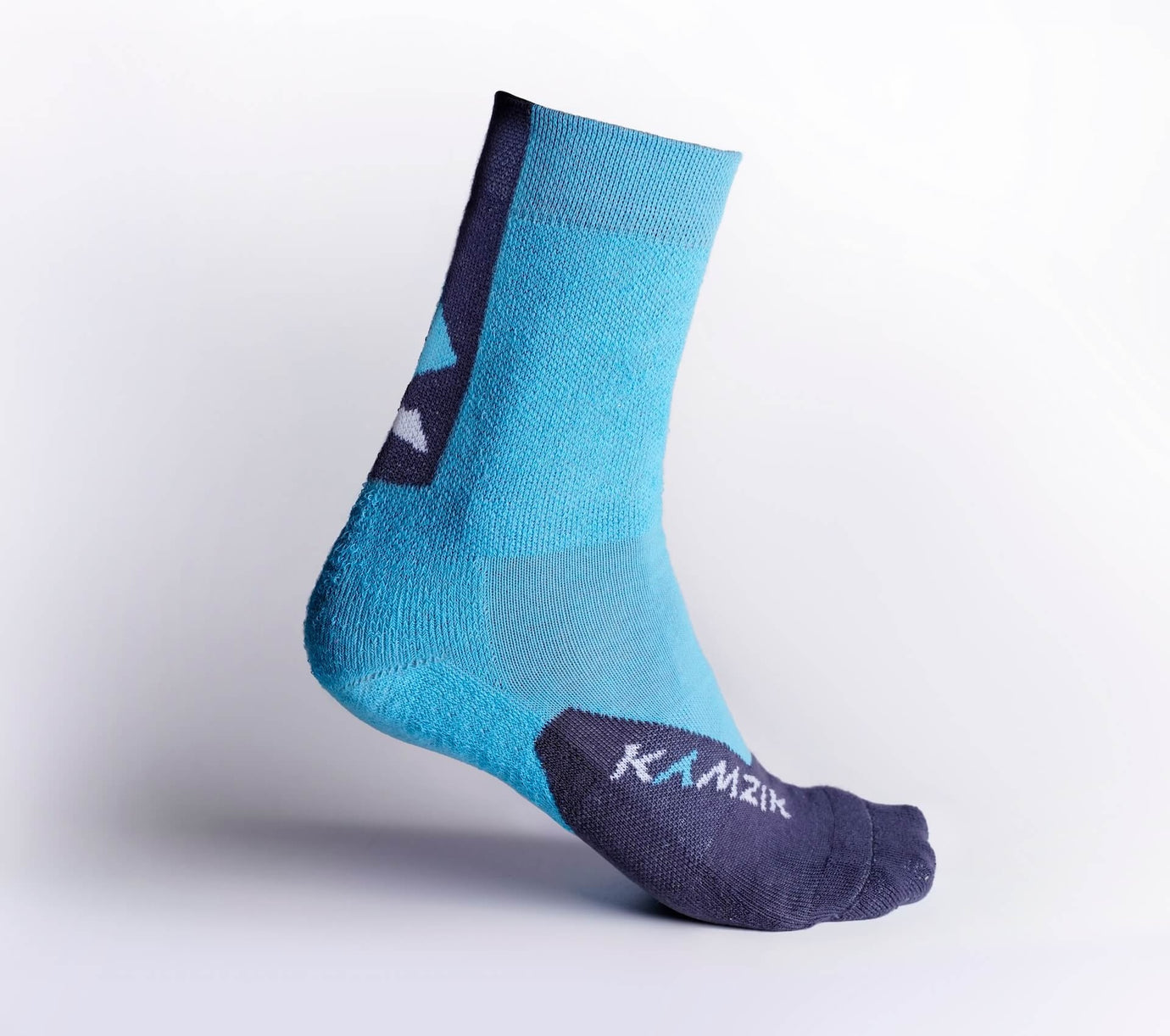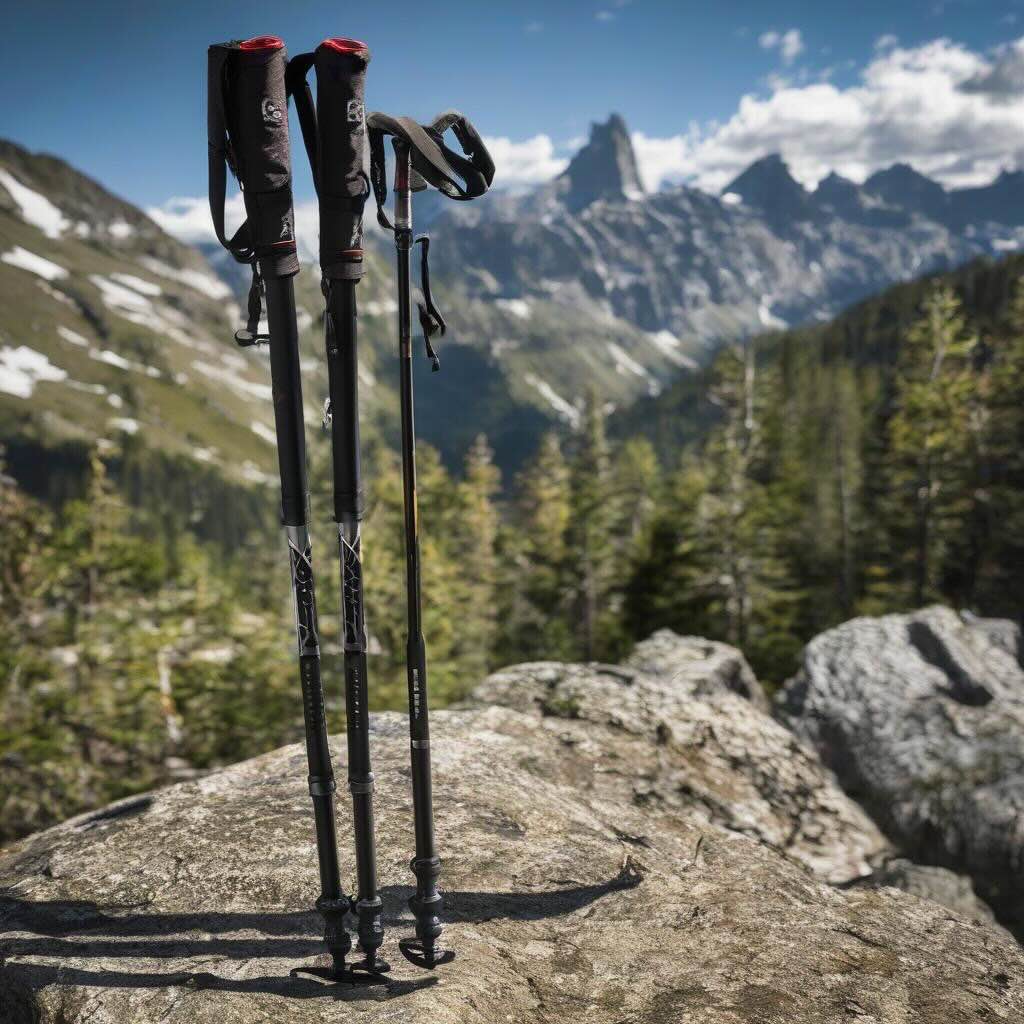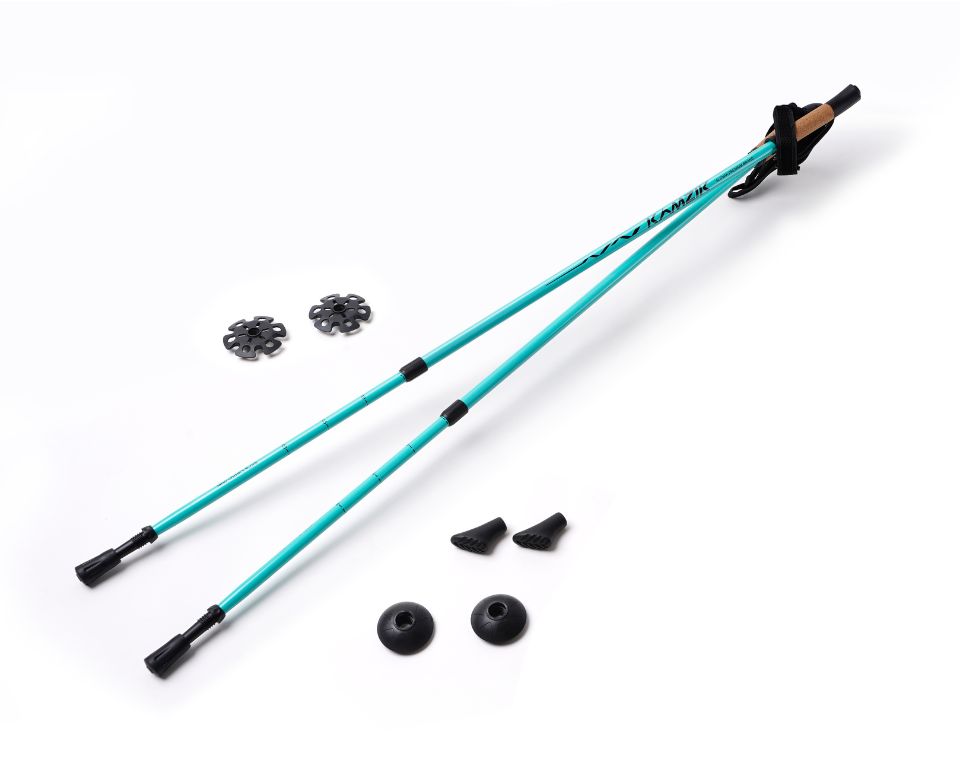Pri výbere tých najlepších palíc na nordic walking alebo turistiku určite dbajte najmä na materiál, z ktorého budú vyrobené. To, z čoho sa skladajú, ovplyvňuje napríklad ich cenu. Ako však zistíte, ktorý z množstva materiálov je ten pravý pre vaše výlety?
Odolný materiál
Výber správneho materiálu pre turistické palice začína odpoveďou na otázku, na čo by mali slúžiť vaše budúce palice. Koľko kilometrov turistiky, alebo chôdze s nimi absolvujete? Aké vlastnosti od nich požadujete? Ak je pre vás nordic walking zdrojom relaxu a chcete sa venovať kratším cestám, potom možno siahnete po inom materiáli ako niekto, kto sa v ňom plánuje stále zlepšovať a nachodiť viac kilometrov. Ak hľadáte palice na nordic walking, siahnite po ľahších paliciach, no trekingové palice môžu byť o niečo ťažšie.
Palice na nordic walking a trekking sú väčšinou vyrobené z hliníka, jeho zliatiny alebo karbónu.
Hliník je najpoužívanejším materiálom na výrobu oboch typov palíc. Hoci sa v paliciach na nordic walking tento materiál nachádza v zliatinách alebo v kombinácii s karbónom kvôli ich potrebnej ľahkosti, na trekking postačuje samotný hliník. Turistika si takúto pružnosť nevyžaduje, a preto môžu byť dobrou voľbou aj hliníkové palice. Hliníkové palice sú zvyčajne cenovo najdostupnejšie.
Karbón je známy svojou ľahkosťou, no zároveň pevnosťou a vysokou kvalitou. Ak sú palice vyrobené z karbónu, ich cena môže byť vyššia. 100% karbónové palice sú zvyčajne najdrahšie. Sú veľmi ľahké, skladné a praktické a väčšinou určené pre pokročilých športovcov, alebo turistov. Cena sa však znižuje, ak sú časti palíc kombinované inými materiálmi – napríklad jeden diel je z hliníka.
"Vďaka kombinácii hliníka (alebo jeho zliatiny) a karbónových vlákien nadobudnú palice úžasnú ľahkosť, pevnosť a pružnosť," vysvetľuje vášnivý turista a náš konzultant, Martin Sanitra
Sklolaminát je kompozitný materiál, ktorého vlastnosťou – rovnako ako karbónu – je ľahkosť. Na druhej strane sklolaminát nie je taký odolný a má kratšiu životnosť. Ak od palíc vyžadujete najmä stabilitu alebo patríte medzi rekreačných turistov, potom je tento materiál pre vás ten pravý.
Dural je typický svojou pevnosťou a tvrdosťou. Táto zliatina hliníka, medi a horčíka je o niečo hustejšia a tým pevnejšia ako čistý hliník. Nie je však ťažký ako karbón, a preto sa používa skôr na výrobu trekingových palíc ako na výrobu palíc na nordic walking.
Aj keď sa výber materiálu palíc na nordic walking či trekking môže zdať ako zbytočná investícia času, ktorej by sa nemala venovať vysoká pozornosť, opak je pravdou. To, z čoho sú palice vyrobené, ovplyvňuje ich cenu a tiež funkciu. Keď viete, ako si vybrať správny typ palíc na svoje cesty a tiež aký materiál zvoliť, je výber palíc oveľa jednoduchší. Dúfame, že sme vám týmto článkom uľahčili dilemu a ak potrebujete viac poradiť, napíšte nám cez rýchly formulár nižšie a my vám radi pomôžeme.







